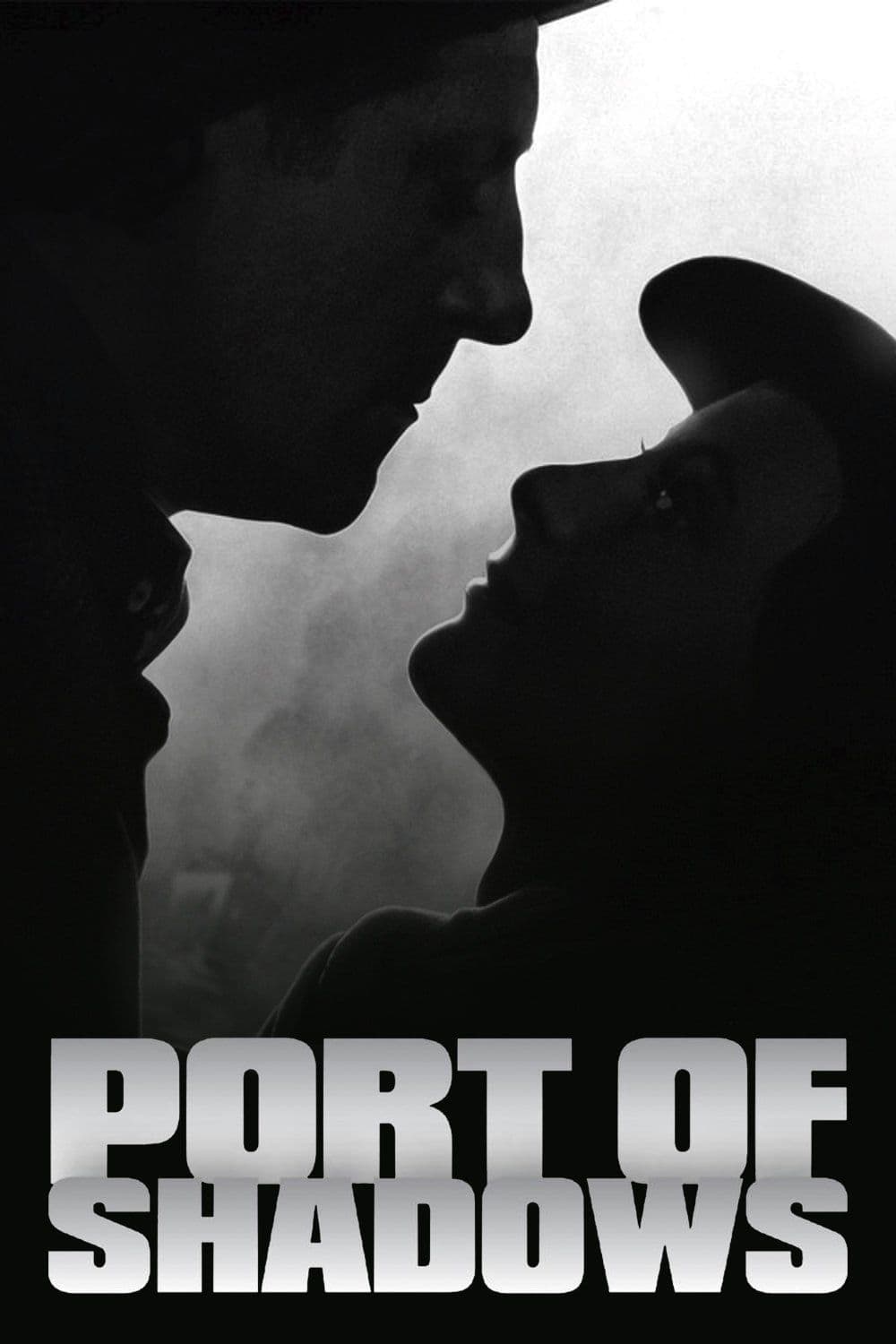
Port of Shadows
1938
Rate this movie
Average: 0.00 / 5
(0 votes)
Director
Carné directing, Prévert scripting, and Gabin as lead actor: a film with such a star-studded cast was bound to become a symbol for generations of cinephiles. And so it was. The film is a melancholic and poetic fresco of pre-war France, a portrait of a world on the fringes, populated by characters seeking redemption and love. The atmosphere of the port, shrouded in fog, becomes a metaphor for the uncertainty and disenchantment that characterize the lives of the protagonists. Eugen Schüfftan's black and white cinematography, with its contrasts of light and shadow, contributes to creating a noir atmosphere, laden with mystery and fate. Le Quai des Brumes (Port of Shadows) is a film that fascinates with its visual beauty, the depth of its characters, and its ability to evoke strong and contrasting emotions. Carné and Prévert's work is a hymn to the poetry of everyday life, an exploration of the dark corners of the human soul, a reflection of the anxieties and hopes of an era.
Jean, an army deserter, arrives in the port of Le Havre, a disreputable place shrouded in fog. Here he meets Nelly, a young girl living under the guardianship of Zabel, a shady and violent man. Jean falls in love with Nelly and decides to protect her from Zabel and the dangers of the port. Meanwhile, Jean encounters Lucien, a penniless painter, and Panama, a mysterious man who seems to know his past. When Zabel attempts to assault Nelly, Jean kills him to defend her. This act triggers a series of dramatic events, leading Jean to confront the police and his own demons. Jean and Nelly's escape transforms into a race against time, a crescendo of tension and suspense. The tragic and inevitable ending leaves the viewer with a sense of profound melancholy and disillusionment.
The film had a great impact on the history of cinema and French culture. Its poetic and melancholic atmosphere, its tormented characters, and its tragic ending contributed to creating an imagery that influenced many subsequent works. The film has been interpreted as a reflection of the uncertainties of pre-war France, a country on the verge of a conflict that would forever change its destiny. The foggy setting of the port (as prefigured by the title) captivates and dazes with its alluring distortion of a reality often hostile and unknowable in itself. The fog becomes a metaphor for the uncertainty of the future, the difficulty of understanding the present, and of giving meaning to one's own existence. The slap scene is one of the most iconic and memorable moments of the film. It takes place in Panama's bar, where Jean (Jean Gabin) and Lucien (Pierre Brasseur) confront each other in a crescendo of tension. Lucien, an arrogant and provocative young painter, has repeatedly insulted Jean, questioning his courage and morality. Jean, initially, tries to ignore the provocations, but the tension grows until it becomes unbearable. When Lucien goes so far as to insult Nelly (Michèle Morgan), the girl Jean has fallen in love with, Jean can no longer restrain himself. With a quick and decisive gesture, he delivers a resounding slap to his face. The slap represents a turning point in the dynamic between the two characters. Jean, with that gesture, re-establishes his authority and dignity, silencing Lucien's arrogance. The scene is masterfully shot by Carné, who uses a close-up on Lucien's face to emphasize the impact of the slap. The crisp and powerful sound of the slap contributes to making the scene even more memorable. A moment of great cinematic power, combining action, psychology, and symbolism. It is a scene that remains etched in the viewer's memory, helping to make this film an inescapable work in the history of Cinema.
Country
Gallery
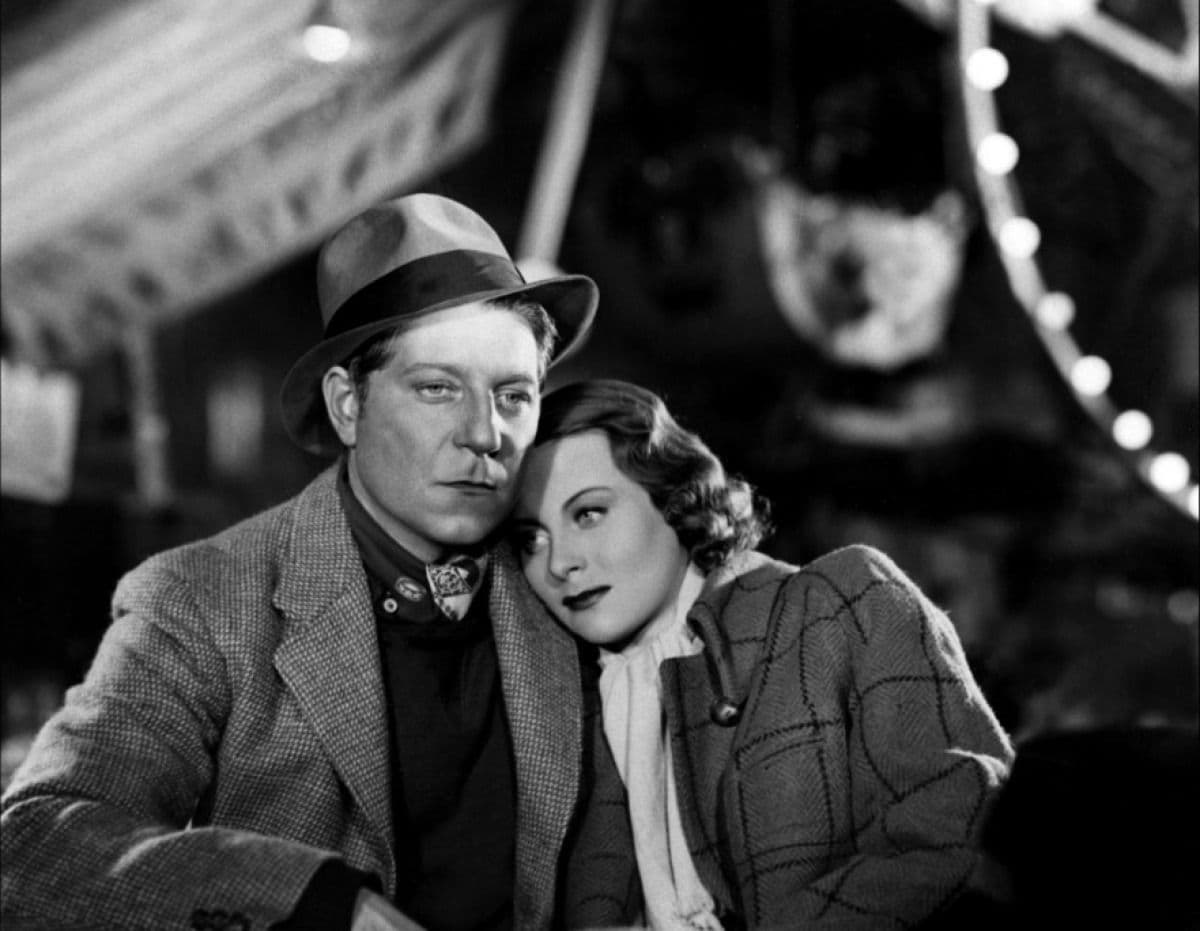

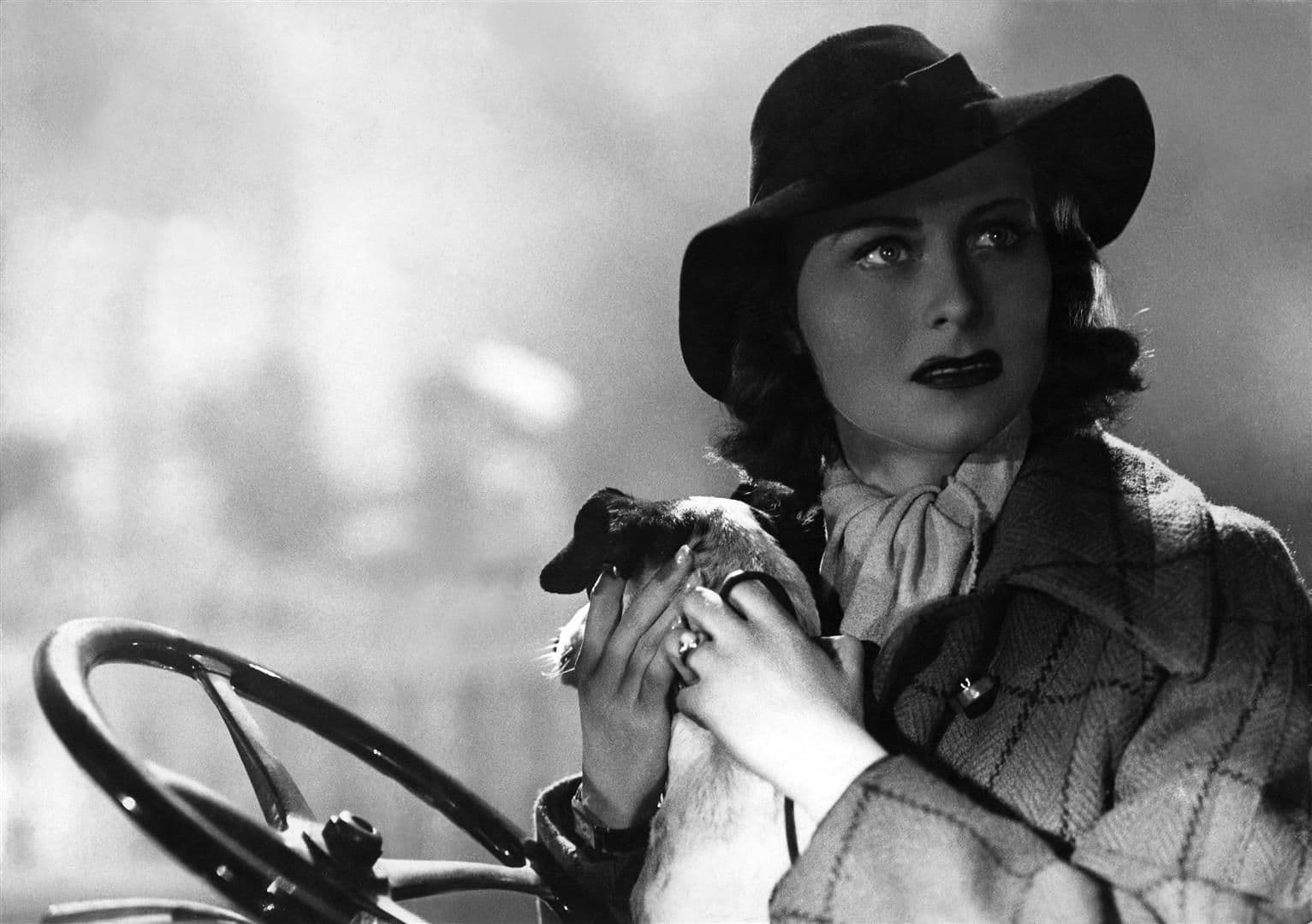

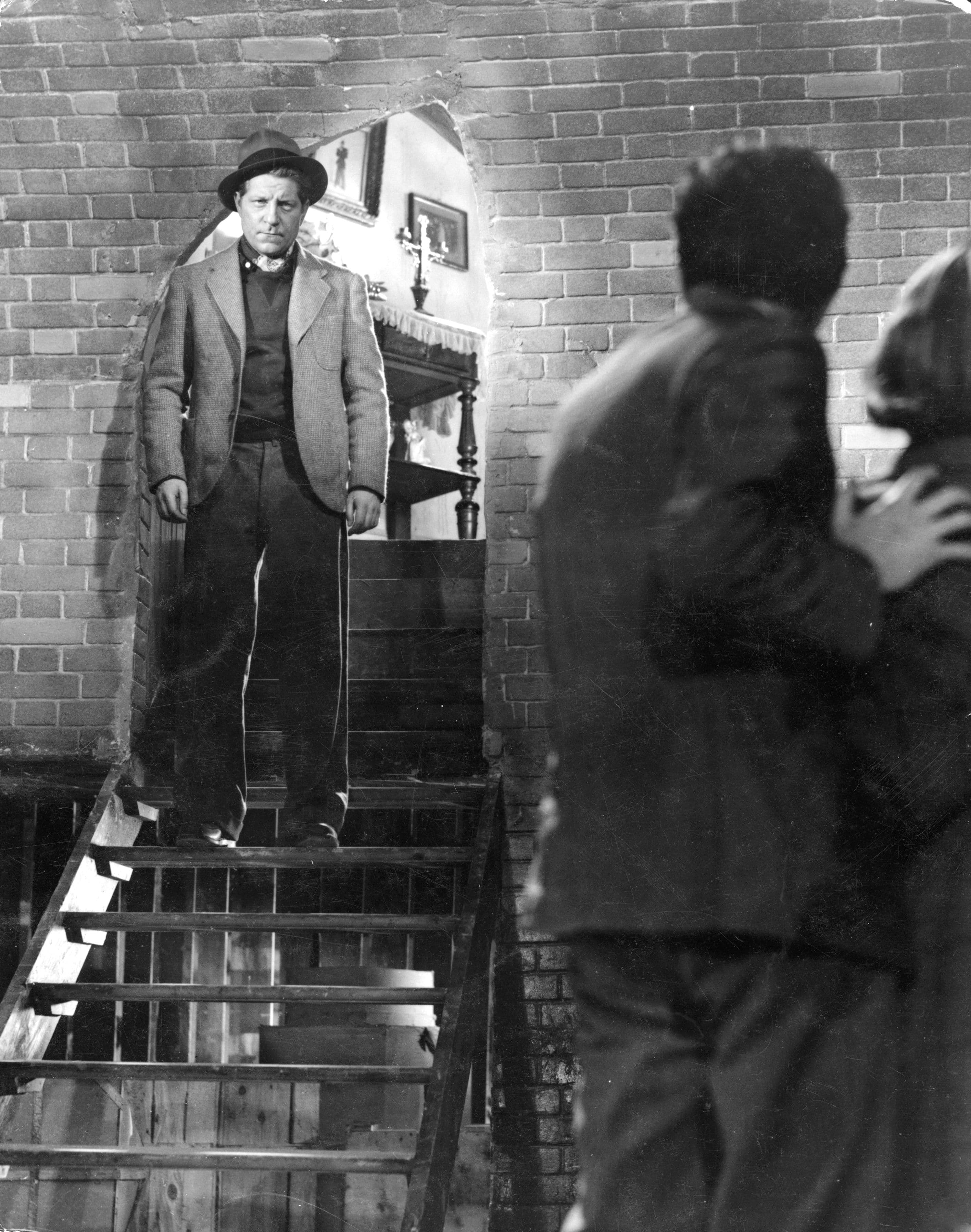
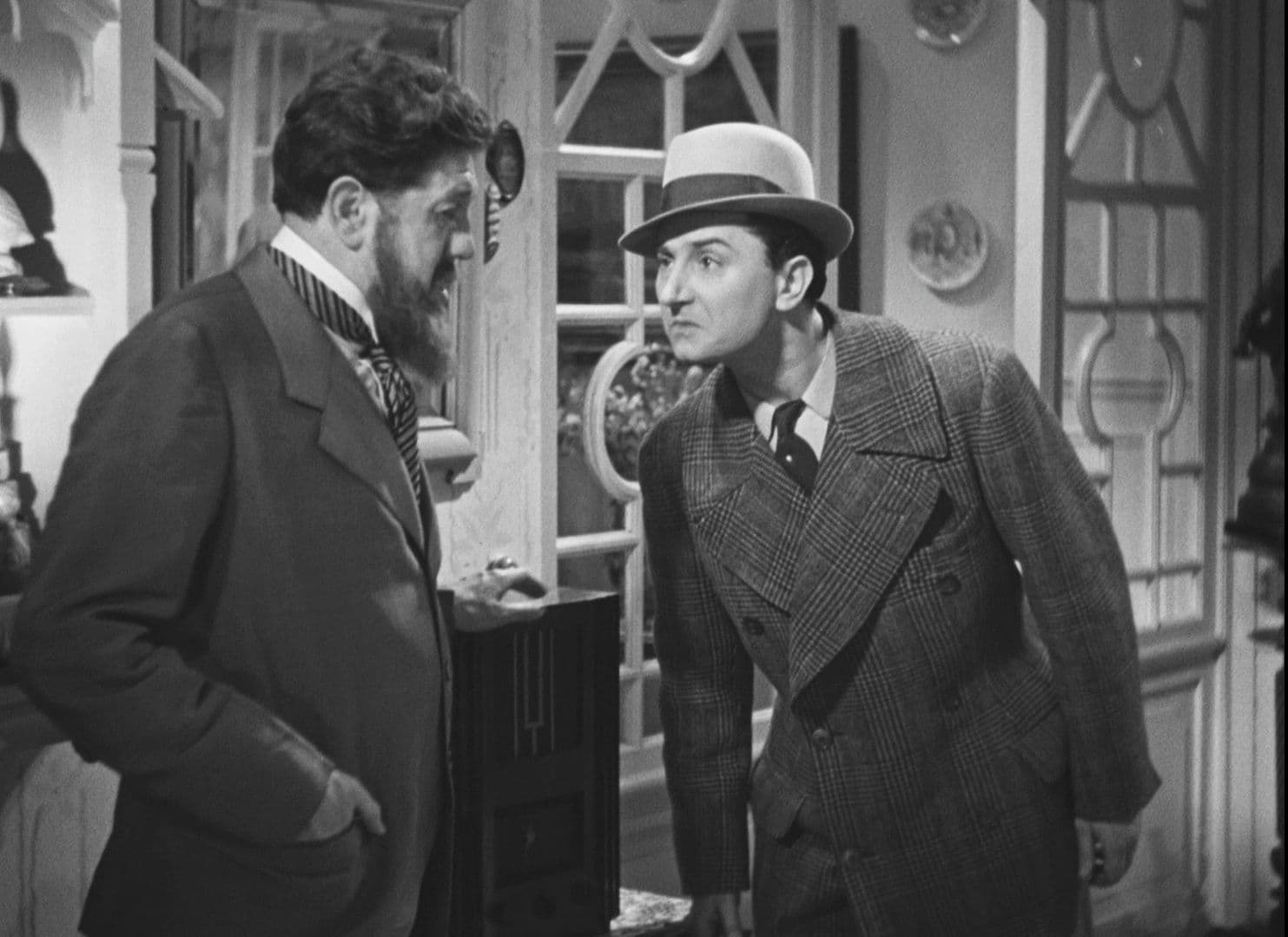
Featured Videos
Official Trailer
Comments
Loading comments...